All about sea buckthorn
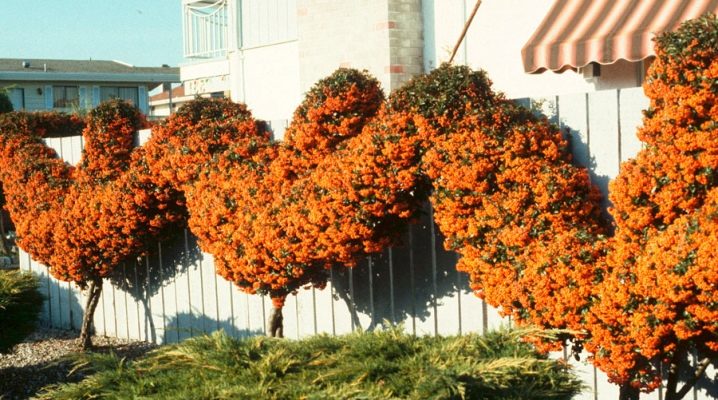
In Soviet times, sea buckthorn was considered one of the most popular berries. Then interest in her faded a little. And now, with the appearance of a large number of admirers of a healthy lifestyle, it has resumed again with greater force. This is no coincidence, since sea buckthorn actually contains a large amount of vitamins and other substances that are beneficial to the body. It is quite possible to grow a sea buckthorn tree on your own personal plot. In order to get a really good harvest, you need to understand the nuances of crop care.
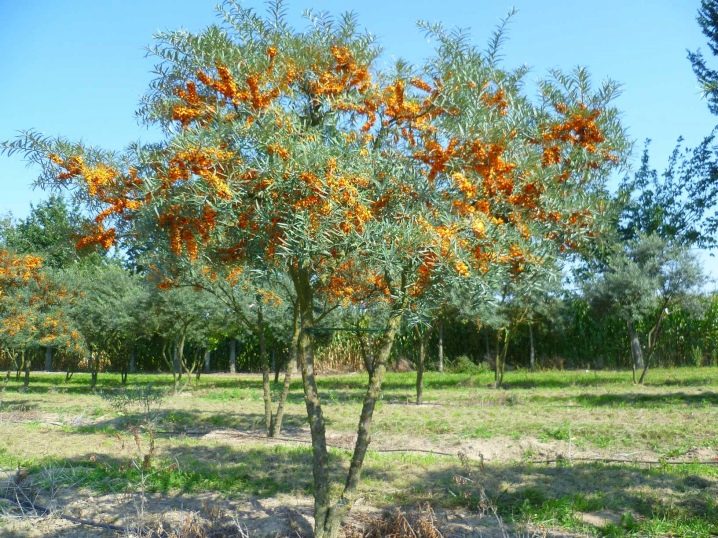
general description
Sea buckthorn is a small tree or shrub, the stems of which are covered with thorns, gray leaves and yellow-orange berries. The tree got its name due to the fact that the fruits literally stick around the branches, settling in small clusters. Sometimes the culture is also called the northern pineapple, because there are similar notes in the aroma of the fruit.
Sea buckthorn is native to East Asia. Berries were already known in Ancient Greece and Rome, and were also actively used for the preparation of various means in Chinese traditional medicine. There were times when people actively destroyed sea buckthorn bushes. This behavior is due to the fact that the plant produces a lot of shoots, which gradually take over new areas. This continued until the 19th century. Then they began to grow sea buckthorn again, but they used the plant exclusively as a hedge.

Already at the beginning of the next century, people again appreciated the benefits of sea buckthorn fruits and began to actively use them for food.
Sea buckthorn is really very useful for the body. The positive effect is as follows:
- the composition contains a lot of vitamins and trace elements, and even after heat treatment, the berries retain vitamin C;
- sea buckthorn has an antiseptic, anti-inflammatory and regenerating effect;
- berries are able to stimulate the immune system.
But sea buckthorn should not be consumed by those people who suffer from diarrhea or have a tendency to develop this condition.
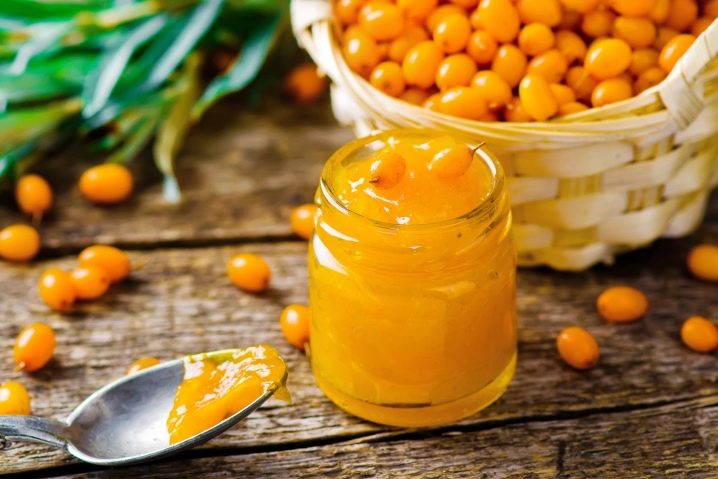
Bushes and trees can be found almost throughout Russia. Sea buckthorn belongs to the Lokhovye family, the botanical description is as follows:
- reaches a height of 6 m, in some cases it grows up to 15 m;
- the leaves are narrow and long, dark green in color, covered with a bluish bloom (this is especially true for males);
- inconspicuous flowering, blooms in mid-April;
- as soon as it blooms, fruits appear.
It grows along the banks of water bodies, and is also actively cultivated in personal plots.
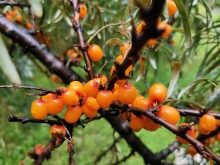
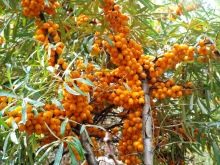
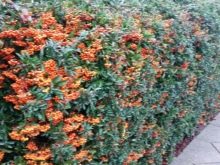
Popular species and varieties
Science knows three main types of sea buckthorn:
- buckthorn;
- Tibetan;
- willow.
Buckthorn is most often found on the territory of European countries, in Asia, in the North Caucasus and in the Crimea.
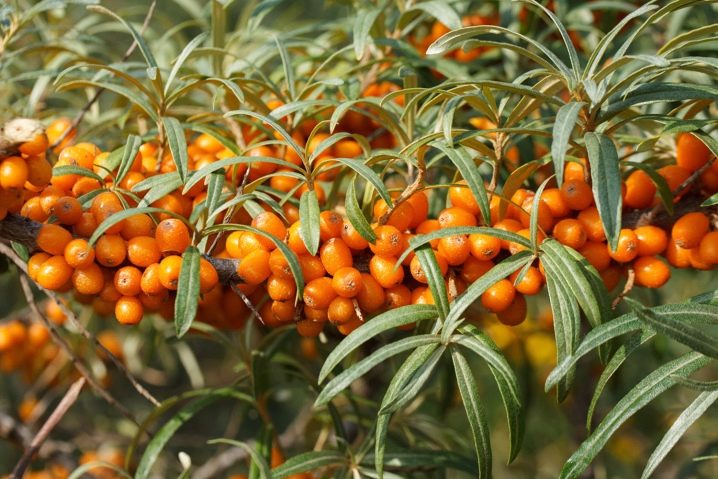
Distinctive features are small leaves and round berries.
Tibetan grows in Nepal, India, China. Trees belonging to this species are very thorny. A distinctive feature is incredibly large berries, which can reach 1 cm in length.
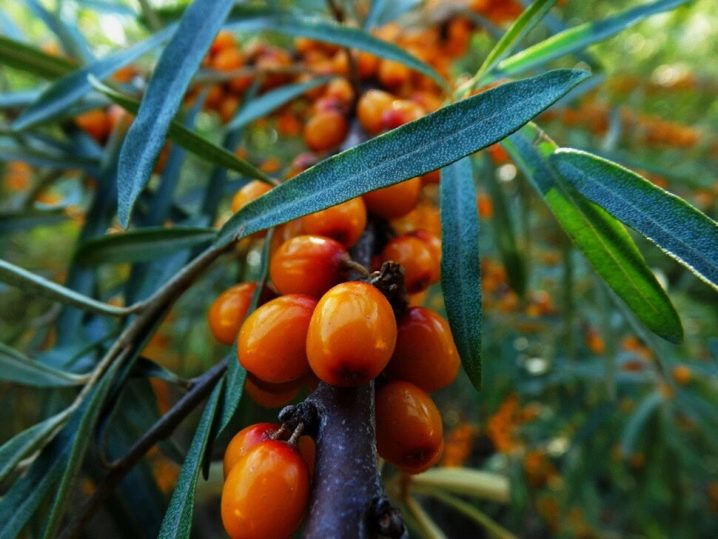
The willow leaf is also found in the highlands of India, China and Nepal. Trees differ in height, fruits are yellow, of medium size.
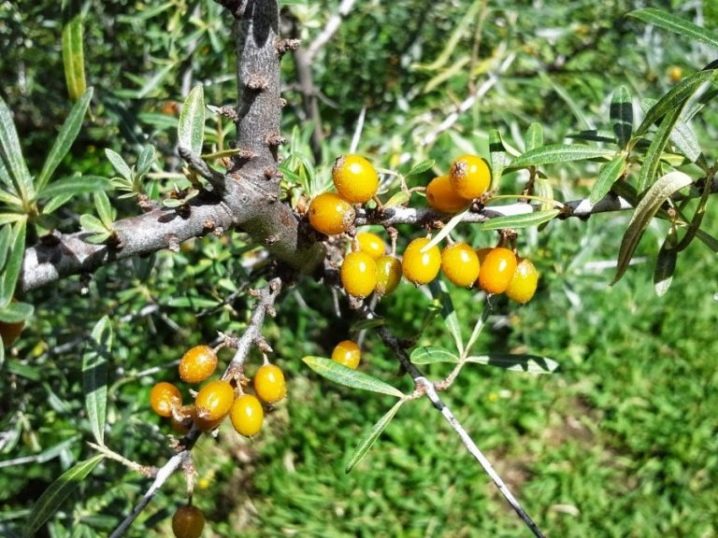
These three species have a fairly large number of varieties, each of which has a set of specific characteristics. The most popular of these are the following.
- "Openwork", "Augustine", "Leikora", "Caprice". They are distinguished by large fruits with excellent taste. They are also resistant to diseases and pests.
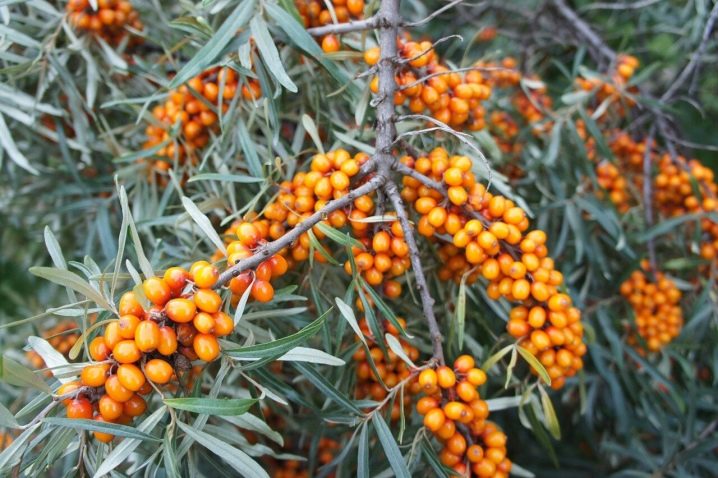
- "Chuiskaya", "Favorite" and "Moscow beauty" - frost-resistant varieties, which contain a large amount of vitamin E. Suitable for the Moscow region and growing in the northern regions.
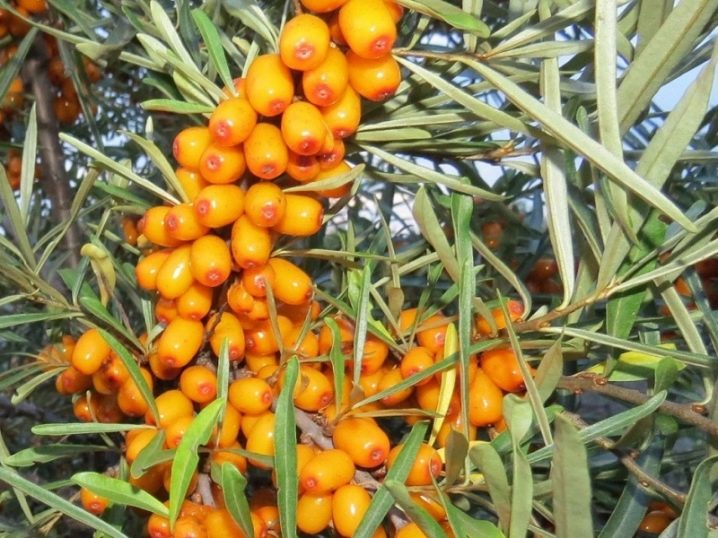
- "Gift of Katun", "Botanical Ordinary" also have a high yield.
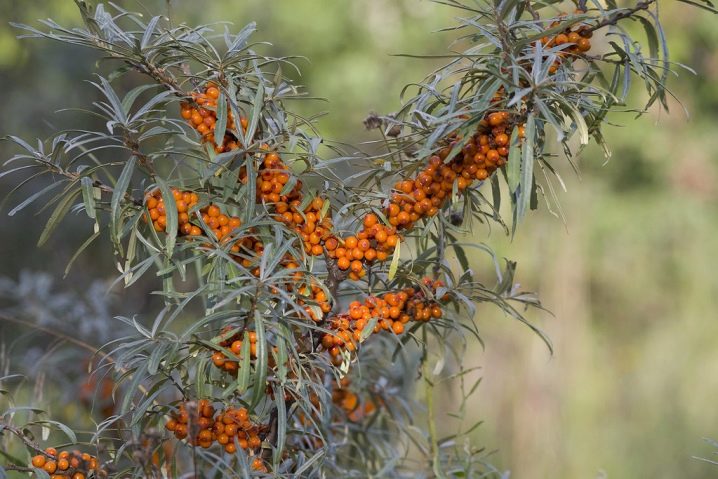
- "Gnome", "Giant", "Nugget" and "Zyryanka" give a high yield, are resistant to temperature extremes.
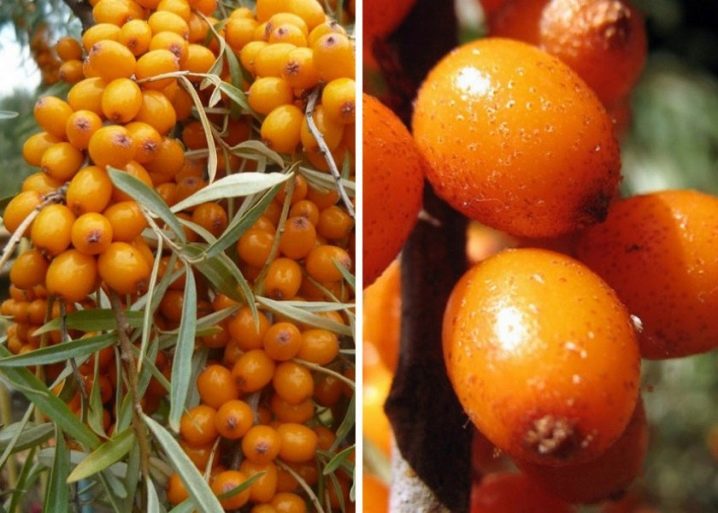
Wild sea buckthorn is found on the coastal areas of rivers and lakes. There is a misconception that some varieties of sea buckthorn are self-pollinated. In fact, this is not the case, since the pollination process requires males and females.
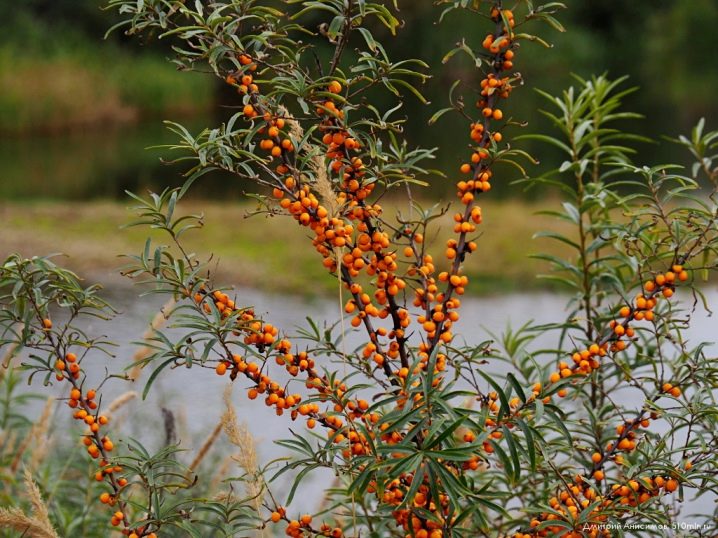
How to distinguish a male from a female?
In order to establish the process of pollination and subsequent harvesting, it is necessary to have female and at least one male on the site.
In this case, the latter can be at a distance of up to 50 m, but it is better to plant closer.

If you buy small seedlings in nurseries, then their gender will be determined there already at the initial level. At an older age, you can determine the sex of a tree or shrub by visual signs:
- female leaves are concave, dark green, and male leaves are gray;
- kidney size - women are smaller than men;
- inflorescences contain pistils or stamens, depending on gender.
Males do not bear fruit.
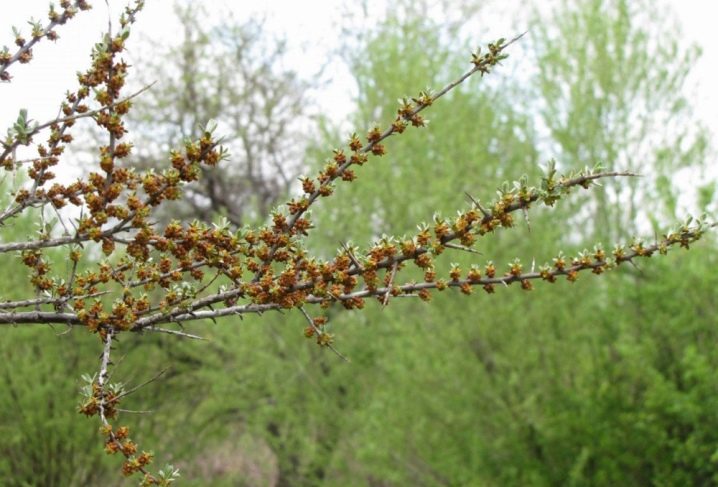
Landing
Before planting sea buckthorn, you need to choose a suitable place on the site. The following requirements are imposed on it:
- should be well lit, since in the shade the sea buckthorn will bear fruit much worse;
- protected from drafts;
- sea buckthorn feels best in sandy loam soil, the acidity should be neutral.

In the fall, the site can be prepared by digging it up with the addition of humus. It should be planted at the very beginning of spring, but after relatively good weather has settled without frost. The step-by-step guide is as follows.
- A hole of sufficient depth is dug in the selected area (depending on the size of the seedling itself). A drainage layer is laid at the bottom. Crushed stone or brick chips can be used as a material.
- At the seedling, you need to straighten the roots, try to do so so as not to damage them. It is necessary to place it in the hole as evenly as possible, since in the future, with a curved arrangement, the tree will not have a particularly attractive appearance.
- After installation, sprinkle with soil, deepening the root collar by about 7 cm.
- To strengthen the seedling, it should be tied to a holding support.
- It needs to be watered well. Ideally, form a special irrigation hole.
- Can be additionally mulched with compost.
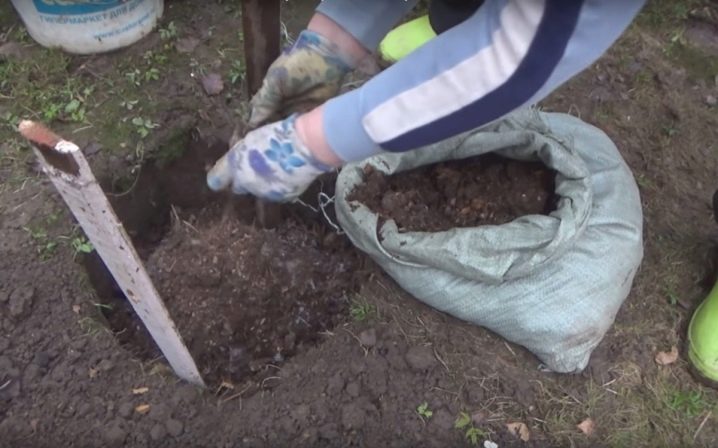
There should not be any other plantations at a distance of 2-3 meters from the sea buckthorn tree, since the crops will interfere with the normal development of each other.
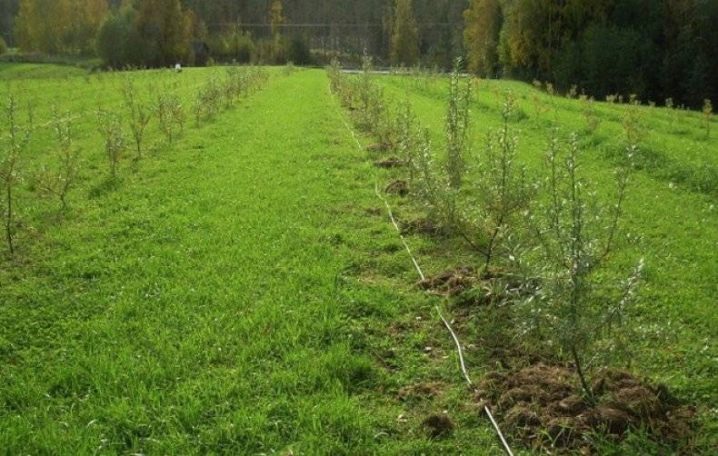
Growing care
In order to get a good harvest, it is necessary to properly care for the tree growing in the open field. We need comprehensive care, which includes various stages: watering, feeding and crown formation.
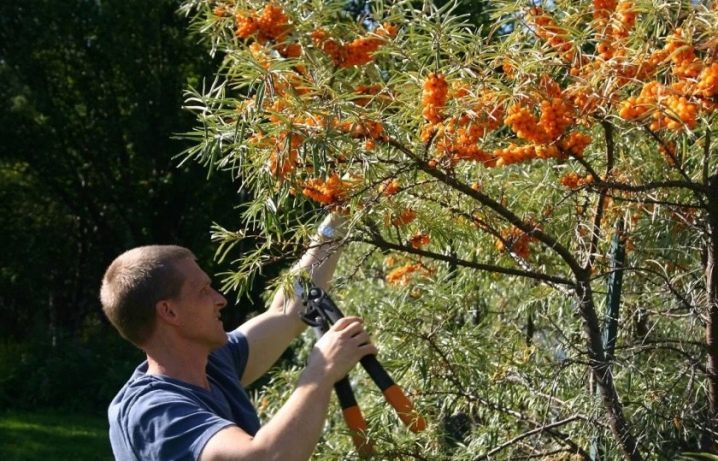
Watering
Sea buckthorn, even in prolonged dry weather, can do without watering. But it is not recommended to abuse this condition, since the lack of moisture negatively affects the yield, as well as the immune system of the plant.
Young plants especially need watering. Then you can water about 5-6 times per season.
But each watering is about 8 buckets. It is better to do this during the following periods:
- before and after flowering;
- during the period of fruit formation;
- in autumn at the end of September or early October (before the onset of cold weather).
When replanting, additional soil moisture is also required.
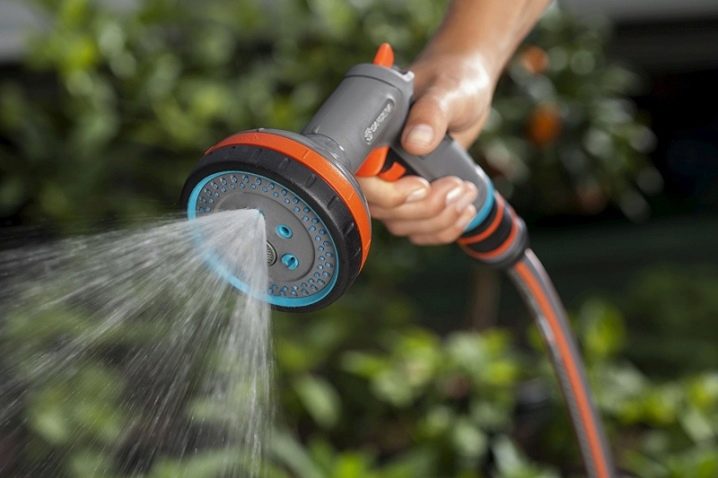
Top dressing
For sea buckthorn, feeding does not play a decisive role, but it is still a necessary event. In the spring, nitrogen fertilizer is applied under the tree, which is necessary for the formation of a sufficient number of inflorescences.
After flowering, after about 7-10 days, you can additionally feed with a solution called Effectin.
To prepare 15 g of the substance, it must be diluted in 10 liters of water. More fertilization is not required in the summer.
After the harvest is harvested, the plant needs to restore the lost strength. For this, they are fed with superphosphate, as well as potassium. In the fall, it is additionally recommended to use organic compounds as fertilizer. But this should be done no more than once every 3 years.
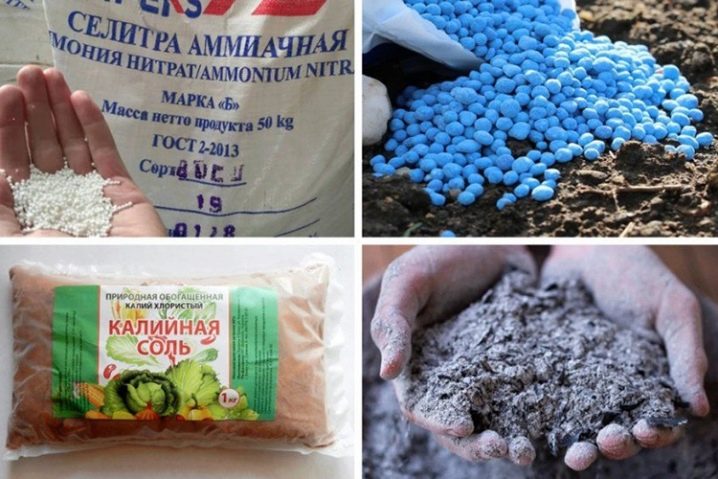
Pruning
Sea buckthorn should be trimmed in two cases: for crown formation and for sanitary purposes. It is better to carry out this procedure in the spring, before the beginning of the growing season, and in the fall, while the weather is warm. The process must comply with the rules:
- pruning is done with garden pruners, the tool must be sharp, since poor quality will harm the tree;
- dry and diseased branches should be removed;
- if large branches are removed, then the sections are recommended to be treated with a weak solution of potassium permanganate.
If necessary, the tree can be transplanted to a new location. This should be done as carefully as possible so as not to damage the root system.
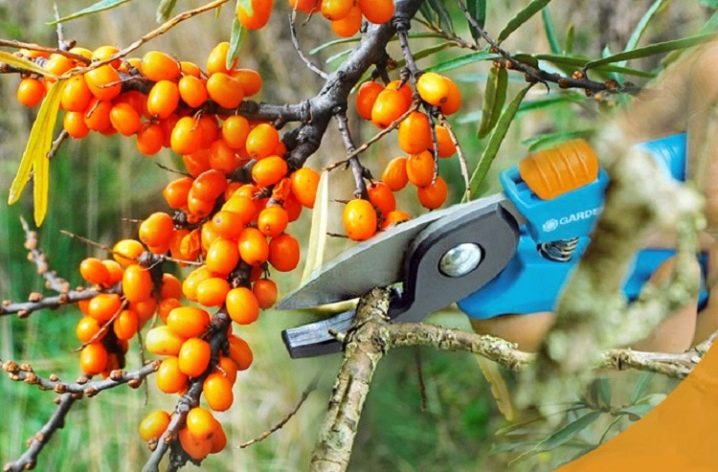
Reproduction
Sea buckthorn reproduces vegetatively or by seed. If we talk about the second option, then the quality of the seed plays an especially important role here. The process is quite painstaking and consists of several successive stages.
- The seeds should be wrapped in a damp cloth and placed in the sand for about 10-12 days. This is done in the fall. Then they are transferred to a cold place, and in the spring, at the beginning of March, they are planted as seedlings.
- With the onset of warmth, the seedlings can be transferred to open ground.
- Dig holes, plant seedlings and water well. If necessary, you can build a mini-greenhouse (relevant for the middle lane, as well as the northern regions).
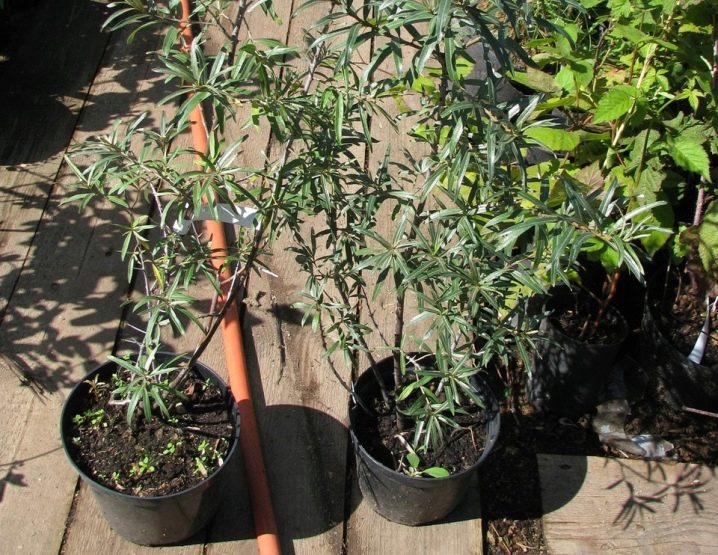
It is noteworthy that about half of the seedlings are males. It is possible to determine gender only from the age of four.
To preserve varietal traits, vegetative propagation is most suitable. For this purpose, it is permissible to use the following material:
- woody shoots or green cuttings;
- layering;
- root shoots.
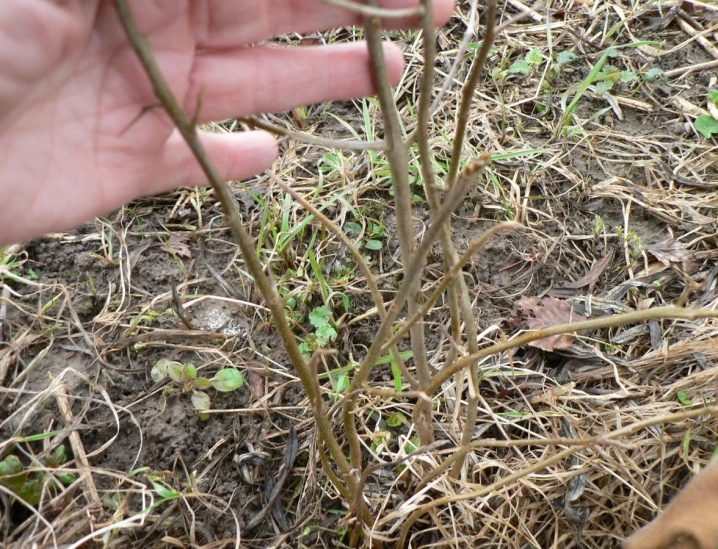
Experienced gardeners prefer cuttings, since this procedure almost always gives a guaranteed result. Cuttings should be cooked in the spring. Annual shoots are ideal for this purpose. You need to do the following:
- shoots are divided into segments 15 cm long;
- a few hours before planting, soak in any selected growth stimulant;
- then planted in loose and fertile soil;
- to improve growth, it is recommended to create a greenhouse;
- the next year, the seedlings can be safely transferred to the open ground to the main place.
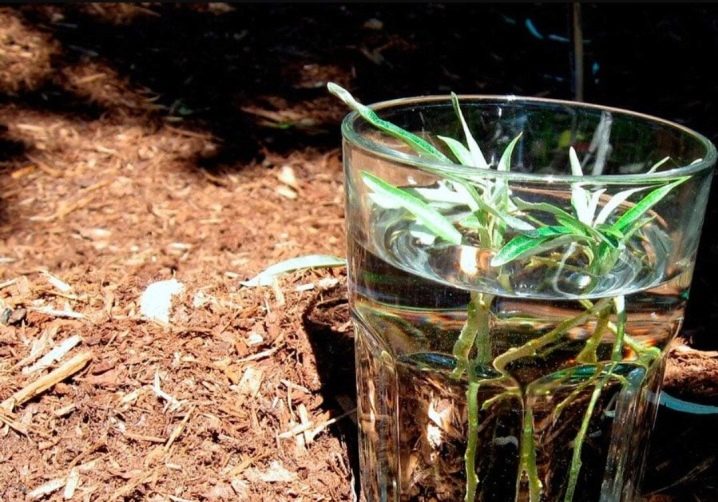
If there is already a sea buckthorn tree on the site, you can propagate it using root shoots. Dig up young layers and transfer to a new place.
If for some reason they are not there, then it is recommended to dig a small oblong hole, place the extreme cut there, without separating it from the main tree, fix and water.
After a while, young shoots will appear. They can be detached and moved to the main location.
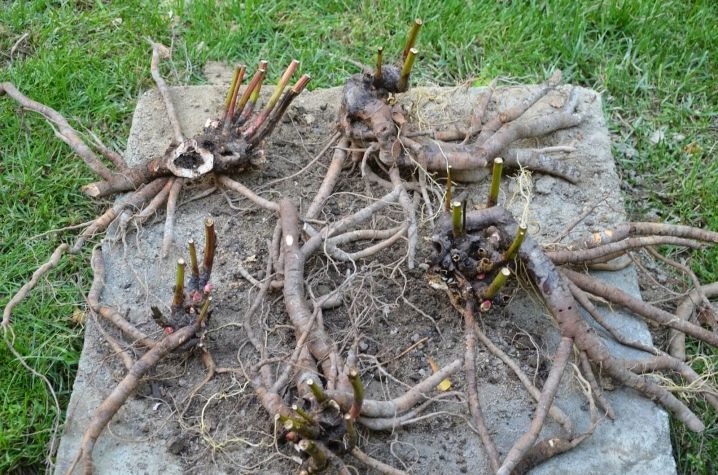
Diseases and pests
The most common diseases that sea buckthorn suffers from are septoria and endomycosis. In the case of the first disease, the main symptom is drying of the leaves. In addition, the bark of the tree changes color: it becomes brown and even black.Endomycosis affects fruits: spots appear on them, and the pulp flows out.
In both cases, watering control should be strengthened. In case of septoria, even before the buds swell, the tree must be treated with Oxychoma solution, and after harvesting with Bordeaux liquid with a concentration of 1%.

With endomycosis, treatment with a 2% solution of "Nitrafen" will help.
Sometimes the tree is attacked by pests. The most common of these are the following insects.
- Sea buckthorn fly. This is a rather dangerous pest that can destroy almost the entire crop. Adults pierce the skin of the berry and lay their larvae there. The pulp is used directly as food. In order to fight the pest, it is recommended to treat the plant with Chlorophos before the leaves appear. After the flowering period, spray additionally with Metaphos.
- Green aphid. It feeds on the juice and pulp of the leaves, which is why they turn yellow and gradually fall off. Affected shoots should be cut off and burned as soon as possible. The auxiliary component for spraying is "Agravertin".
- Mole. It affects the trunk of a tree, laying the larvae directly under the bark. In order to prevent attacks, it is necessary to spray with 3% Metaphos solution before bud break.
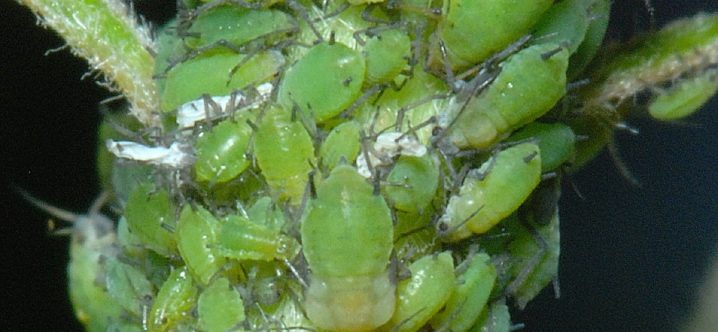
In order to reduce the attacks of insects, the conditions of agricultural technology should be observed, and the weakening of immunity should not be allowed.
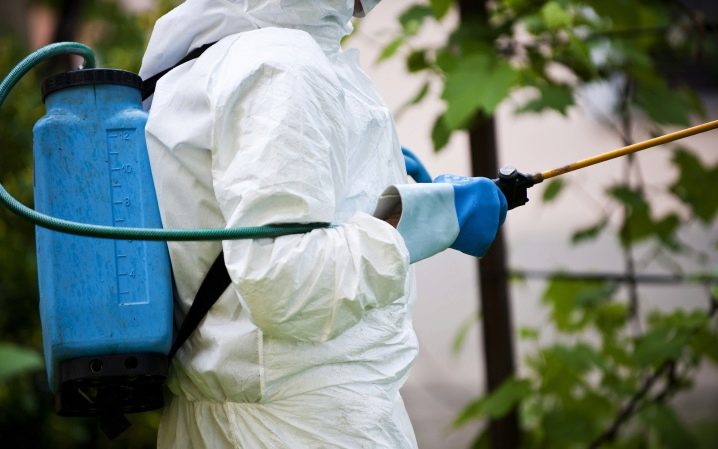
Picking berries
Harvesting is necessary in a timely manner. Mid-August is ideal for central and southern Russia. In the northern regions, it is better to start picking berries in early September.
In addition, maturity can be determined by the following characteristics:
- the fruits are yellow or orange;
- the berries are soft to the touch, but at the same time they do not burst in the hands;
- they separate from the stalks quite easily.
If picked unripe, the berries will taste sour or even bitter. Overripe bursts in the hands.

Application in landscape design
Sea buckthorn has a lot of useful properties, and at the same time, the appearance of the trees is very attractive. The crop is often used as a hedge. Trees look beautiful and are popular with landscape designers. The most successful examples are shown in the photo.
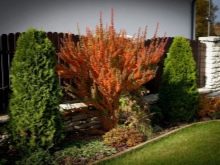
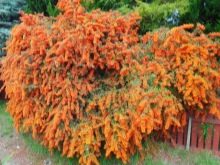
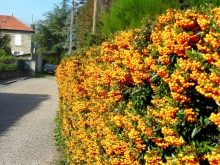











The comment was sent successfully.